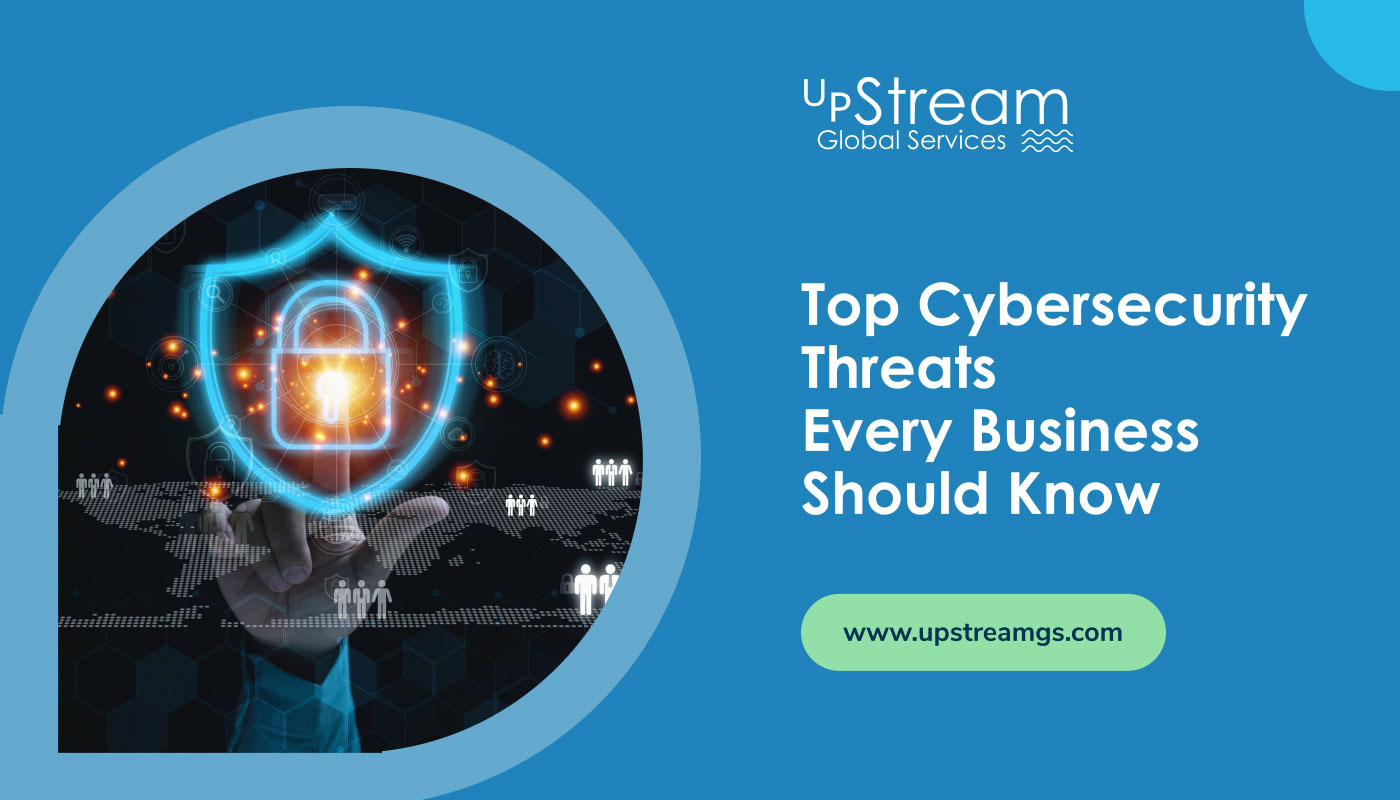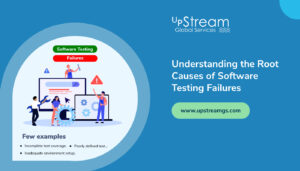Understanding the Top Cybersecurity Threats
In today’s digital age, cybersecurity threats pose significant risks to businesses of all sizes and types. From large corporations to small startups, no organization is immune to the potential consequences of cyber attacks. Understanding the top cybersecurity threats is mandatory for businesses to effectively safeguard their sensitive data and maintain their customers’ trust. In this blog, we’ll explore some of the most common cybersecurity threats every business should be aware of and be prepared for.
Phishing and Social Engineering Attacks
Phishing attacks continue to be a prevalent threat. This attack involves cybercriminals using deceptive tactics to trick individuals into revealing sensitive information like passwords, credit card numbers, and other personal data or installing malware. These attacks often come in the form of deceptive emails, text messages, or phone calls that appear to be from legitimate sources. Phishing attacks can lead to data breaches, identity theft, and financial losses for businesses and individuals alike.
Social engineering techniques, such as impersonating trusted entities or creating fake websites, are commonly employed to exploit human vulnerabilities. Businesses must educate their employees about phishing risks, implement email filtering solutions, and enforce strict authentication protocols to combat phishing and social engineering attacks.
Malware Infections
Malware, short for malicious software, is a broad category of software designed to cause harm to a computer system or an entire network. Common types of malware include viruses, worms, ransomware, and spyware. Malware infections can result in data loss, system damage, and unauthorized access to sensitive information. Businesses should implement robust antivirus and anti-malware solutions to prevent and detect malware infections.
Ransomware Attacks
Ransomware attacks involve the deployment of malicious software that encrypts a company’s files and demands a ransom payment for their release. These attacks can disrupt business operations, cause data loss, and result in significant financial losses. To defend against ransomware attacks, businesses should implement a multi-layered security approach, including regular data backups, endpoint protection, and employee awareness training.
Insider Threats
Insider threats pose a significant risk to businesses, as employees or trusted individuals with access to sensitive information may intentionally or unintentionally compromise security. Whether motivated by financial gain, disgruntlement, or negligence, insider threats can lead to data breaches, intellectual property theft, and other security incidents. To mitigate the risk of insider threats, businesses should implement robust access controls, monitor user activities, and foster a culture of security awareness and accountability.
Data Breaches
Data breaches represent one of the most significant threats to businesses, resulting in the unauthorized access, theft, or exposure of sensitive information. Whether due to malicious attacks, insider threats, or accidental leaks, data breaches can have severe consequences, including financial losses, reputational damage, and regulatory fines. It’s crucial for businesses to implement robust security measures such as encryption, access controls, and employee training to prevent and mitigate the impact of data breaches.
Distributed Denial of Service (DDoS) Attacks
DDoS attacks involve flooding a target system or network with a large volume of traffic, causing it to become overwhelmed and unavailable to legitimate users. DDoS attacks can disrupt business operations, degrade network performance, and lead to financial losses. Businesses should implement DDoS mitigation solutions, such as firewalls and intrusion detection systems, to protect against these types of attacks.
Zero-Day Exploits
Zero-day exploits refer to vulnerabilities in software or hardware that are exploited by cyber attackers before a patch or fix is available. These vulnerabilities can be exploited to launch targeted attacks against businesses, compromising their systems and data. To mitigate the risk of zero-day exploits, businesses should stay informed about emerging threats, promptly apply software updates and patches, and implement intrusion detection and prevention systems.
The Final Word
In conclusion, cybersecurity threats pose significant risks to businesses in today’s interconnected world. By understanding the top cybersecurity threats and implementing appropriate security measures, businesses can protect their sensitive data, safeguard their systems and networks, and maintain the trust of their customers. Stay vigilant, stay informed, and stay protected against cyber threats.







